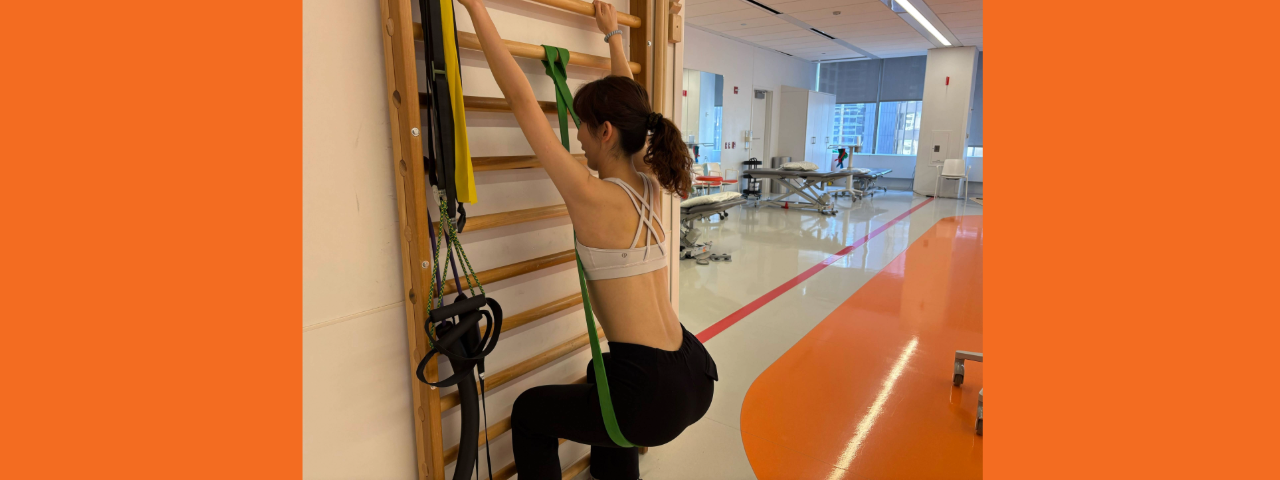Body
Ten years ago, a patient at Rehabilitation Institute of Chicago became a medical celebrity by manipulating a prosthetic arm simply by willing its movements. The technology behind that breakthrough has vastly improved and now it's on the market, sold by a Chicago startup with exclusive rights from the institute to commercialize it.
Body
The technology, Complete Control, fits into a device the size of a pack of gum that is housed in a user's prosthetic limb. Via sensors placed on skin over muscle tissue near the point of an amputation, the circuitry records and analyzes electrical impulses from the brain toward the missing limb, enabling the person to perform motions that are more complex and natural than what was possible originally.
The startup is called Coapt. Its four founders—Blair Lock, Todd Kuiken, Levi Hargrove and Jonathan Sensinger—spent a decade at RIC developing the device and in 2012 signed a 10-year licensing agreement. The four paid the institute an upfront fee as well as a percentage per device sold. Lock, 36, calls the agreement “comfortable and beneficial to both sides,” but he won't disclose financial details.
The devices, which contain circuit boards manufactured in Wisconsin, wires and cabling from Minnesota and casing from Pennsylvania, are assembled at Coapt's small River North office. Coapt has five full-time employees, one of whom is Lock, and two-part time contractors. The founders bootstrapped the company; Lock says it was cash flow-positive from the first sale, in November 2013.
Fine Tuning
Body
Complete Control costs around $15,000—that's on top of the $65,000 or so price of a mid-market prosthetic. There are about 100 Complete Control users in the U.S., and the device is compatible with the five major manufacturers of artificial arms.
Coapt's technology builds on something called direct myoelectric control. One shortcoming of previous versions is that sensors pick up impulses that make the loudest noise. So while a user might easily flex or relax a “loud” muscle like the biceps, finer motions, such as wrist rotation and hand movement, were difficult. Another problem: If any sensor slips, it can't pick up information and must be reattached.
Complete Control's sensors are fabricated into the prosthetic limb. The sensors also pick up lots of smaller, quiet signals and detect patterns of movement. In that way, the system works much like fingerprint- or voice-recognition systems.
Lock compares muscle impulses to music on a radio: “The old system picked up the volume,” he says. “Our system looks at what music is playing, what information is available. The algorithm listens to all the songs.”
Glen Lehman, 37, a retired soldier from Jersey Shore, Pa., lost part of his right arm in 2008. He began using Complete Control five years ago, when it was still in development at RIC. Lehman says his old technology enabled him to move his biceps and triceps. With Complete Control, he says, “I can do three movements at once.”

